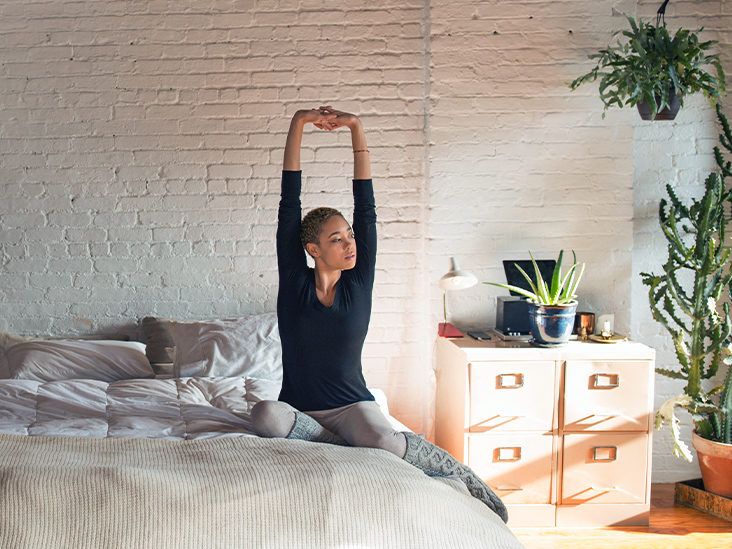
Sleep. It’s as essential as air and water, yet in our fast-paced world, it often gets sacrificed. But skimping on sleep has significant consequences, impacting our physical and mental health, cognitive function, and overall well-being. Just like a skilled architect meticulously designs a building, you can become a Sleep Architect by crafting a personalized nighttime routine that promotes restful sleep and fuels your body for a vibrant day.
Beyond Counting Sheep:
Traditional approaches to sleep often focus on counting sheep or forcing yourself to fall asleep. However, Sleep Architect takes a proactive approach. It emphasizes creating a sleep-conducive environment and establishing a relaxing bedtime routine to signal to your body that it’s time to wind down and prepare for sleep. The National Sleep Foundation offers valuable resources on sleep hygiene and how to improve your sleep quality [https://www.sleepfoundation.org/articles/sleep-hygiene].
Building Your Sleep Sanctuary:
Here are some key elements to consider when designing your sleep haven:
- Optimize Your Sleep Environment: Ensure your bedroom is dark, quiet, and cool. Invest in blackout curtains, an eye mask, and earplugs if necessary. Aim for a bedroom temperature between 60-67 degrees Fahrenheit.
- Upgrade Your Sleep Oasis: Invest in a comfortable mattress and pillows that provide proper support. Consider upgrading your bedding with breathable, soft fabrics that promote relaxation.
- Banish Tech from the Bedroom: The blue light emitted from electronic devices disrupts sleep patterns. Avoid using electronic devices like phones, laptops, and tablets for at least an hour before bedtime.
Crafting a Calming Bedtime Ritual:
A well-designed bedtime routine signals to your body that it’s time to transition from wakefulness to sleep. Here are some practices to incorporate:
- Power Down Early: Dim the lights in your home about an hour before bedtime. This helps suppress the production of melatonin, a hormone that regulates sleep-wake cycles.
- Relaxing Activities: Engage in calming activities before bed, such as reading a book, taking a warm bath, listening to soothing music, or practicing gentle stretches.
- Digital Detox: Avoid screen time for at least an hour before bed. The blue light emitted from electronic devices can interfere with sleep quality.
- Wind-Down Rituals: Develop a relaxing bedtime routine that you can follow most nights. This could include taking a warm bath, practicing light yoga poses, or writing in a gratitude journal.
- Create a Sleep Schedule: Go to bed and wake up at consistent times, even on weekends. This helps regulate your body’s natural sleep-wake cycle.
Setting Yourself Up for Success:
Additional lifestyle modifications can significantly enhance your sleep quality:
- Regular Exercise: Physical activity promotes better sleep, but avoid strenuous workouts close to bedtime. Aim for moderate-intensity exercise earlier in the day.
- Nourish Your Body: Avoid heavy meals and sugary drinks before bed. Opt for a light, healthy dinner a few hours before bedtime.
- Limit Caffeine and Alcohol: While caffeine may provide a temporary energy boost, it can disrupt sleep later in the day. Similarly, alcohol may offer a false sense of relaxation but can disrupt sleep patterns throughout the night.
- Manage Stress: Chronic stress can significantly impact sleep quality. Practice stress management techniques like deep breathing exercises, meditation, or yoga to unwind before bed.
Conclusion:
Becoming a Sleep Architect empowers you to design a personalized approach to sleep. By creating a sleep-conducive environment, establishing a relaxing bedtime routine, and prioritizing healthy lifestyle habits, you can unlock the power of sleep for optimal health and well-being. Remember, prioritizing sleep isn’t a luxury; it’s a necessity for a healthy and vibrant life. Embrace the principles of Sleep Architect, design your sleep sanctuary, and embark on a journey towards restful nights and rejuvenating sleep.
